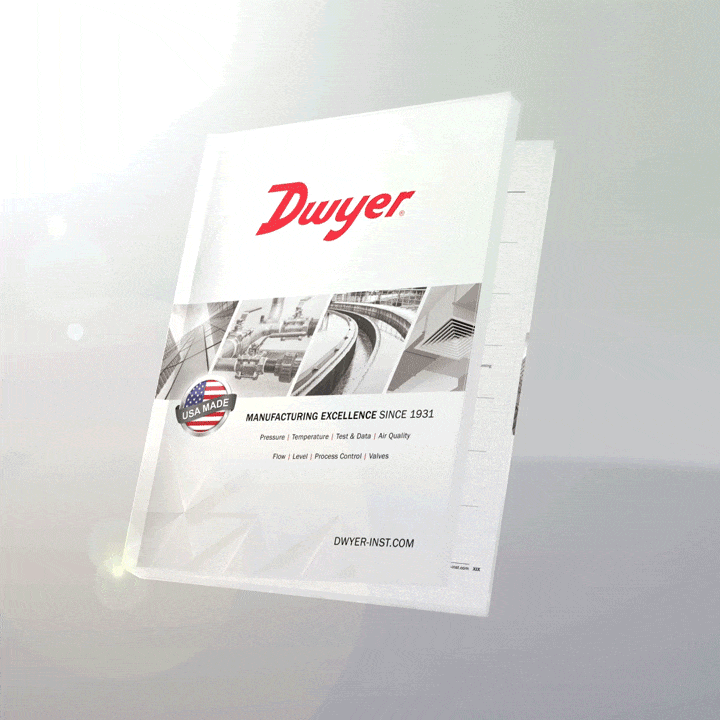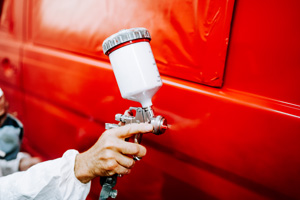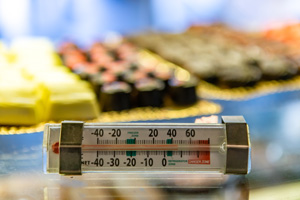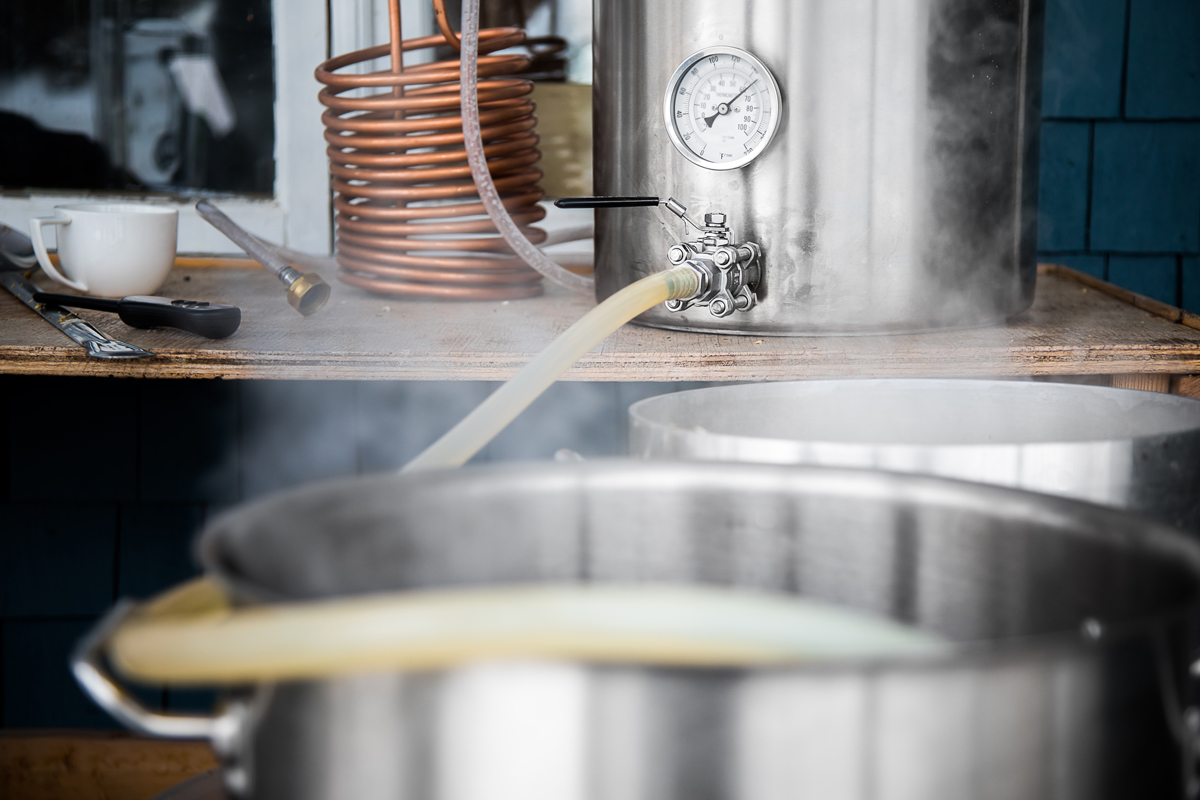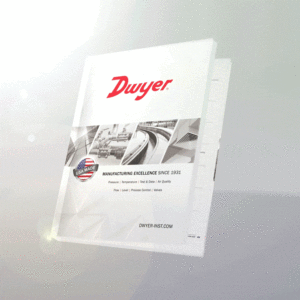 The summer is always a busy time for our team, as we check and double check the formatting and information of our annual instrumentation catalog. Now that autumn is here, we’re proud to announce that the new Dwyer Catalog is now available! Continue reading “The New Catalog is Available… Get Yours Today!”
The summer is always a busy time for our team, as we check and double check the formatting and information of our annual instrumentation catalog. Now that autumn is here, we’re proud to announce that the new Dwyer Catalog is now available! Continue reading “The New Catalog is Available… Get Yours Today!”
Controlling Temperature in Paint Booth Heat Exchange Systems
 Jaguar. Ford. Ferrari. Three iconic automakers with storied racing pedigrees that have made some of the fastest and most beautiful cars in the world, each draped in a coat of paint of their own signature color: British Racing Green, Ford’s Grabber Blue, and Ferrari’s Rosso Corsa.
Jaguar. Ford. Ferrari. Three iconic automakers with storied racing pedigrees that have made some of the fastest and most beautiful cars in the world, each draped in a coat of paint of their own signature color: British Racing Green, Ford’s Grabber Blue, and Ferrari’s Rosso Corsa.
Beyond providing a bit of personality and character, a car’s paint also serves a practical purpose: protecting the body, frame, and other components from the elements, preventing rust and corrosion from destroying the raw material underneath. The earliest paint jobs were done by craftsmen such as furniture makers and carriage builders who applied varnish primers and oil-based enamel paints by hand. These finishes were inky, with low opacity and coverage, requiring multiple coats and lengthy drying times. And even with all that work involved, the paint would soon become brittle and start chipping away. Continue reading “Controlling Temperature in Paint Booth Heat Exchange Systems”
Storing Food Safely: How Dwyer Can Help Meet HACCP Refrigeration Control Standards
 Unless it’s recently stopped running (or run away), you probably haven’t paid much attention to your refrigerator lately. Despite enjoying status among the largest and most frequently used appliances in your home, the refrigerator is a bit of an unsung hero, quietly humming away in your kitchen, keeping lettuce crisp and ice cream velvety smooth. But refrigeration is about so much more than fresh greens and tasty frozen treats; the humble fridge is also the first line of defense against foodborne illness.
Unless it’s recently stopped running (or run away), you probably haven’t paid much attention to your refrigerator lately. Despite enjoying status among the largest and most frequently used appliances in your home, the refrigerator is a bit of an unsung hero, quietly humming away in your kitchen, keeping lettuce crisp and ice cream velvety smooth. But refrigeration is about so much more than fresh greens and tasty frozen treats; the humble fridge is also the first line of defense against foodborne illness.
Historical trivia: The first practical, ice-cooled refrigerator rail car was invented in Chicago for Swift & Co. in 1878, revolutionizing the meat packing industry and changing the way we eat forever. (Wikipedia – Gustavus Franklin Swift)
According to the CDC, there are 31 pathogens known to cause foodborne illness. In the United States, these pathogens, including norovirus, salmonella, and even Staphylococcus aureus (Staph), are responsible for an estimated 9.4 million cases annually. Many of these cases go beyond typical food poisoning symptoms, resulting in 56,000 hospitalizations and 1,300 deaths.
Something New is Brewing!
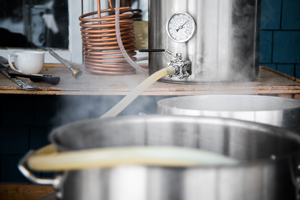 Dwyer Instruments, Inc. has solidified its presence in many markets and our versatility has allowed for our products to be implemented in a multitude of applications. Original equipment manufacturers and end users alike have been able to automate many processes that would otherwise be quite demanding and time consuming; one of which being home brewing! Home brewing and craft beers seem to be a growing trend across the country in recent years. With people developing an interest in creating a beer to their personal liking, many have found themselves dabbling in the world of home brewing. With a few ingredients, adequate equipment, and some patience, you can find yourself enjoying a Taylor-made beer!
Dwyer Instruments, Inc. has solidified its presence in many markets and our versatility has allowed for our products to be implemented in a multitude of applications. Original equipment manufacturers and end users alike have been able to automate many processes that would otherwise be quite demanding and time consuming; one of which being home brewing! Home brewing and craft beers seem to be a growing trend across the country in recent years. With people developing an interest in creating a beer to their personal liking, many have found themselves dabbling in the world of home brewing. With a few ingredients, adequate equipment, and some patience, you can find yourself enjoying a Taylor-made beer!
Keeping it Green: Monitoring CO2 Levels in Greenhouses
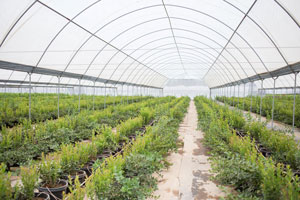 Plants thrive on CO2 for growth while producing oxygen. One thing that many people do not know is that the optimal concentration for plant growth is over three times the atmospheric CO2 concentration today.1 This being the case, indoor gardens would be remiss if they didn’t attempt to elevate the CO2 levels in their environments to the ideal concentration. The most common way to increase the CO2 concentration is to use a propane burner to create CO2. The problem with having a propane burner in an enclosed space is that you need to know when to turn the burner on and off, as CO2 levels that rise above 1500 ppm are actually harmful to plants. Continue reading “Keeping it Green: Monitoring CO2 Levels in Greenhouses”
Plants thrive on CO2 for growth while producing oxygen. One thing that many people do not know is that the optimal concentration for plant growth is over three times the atmospheric CO2 concentration today.1 This being the case, indoor gardens would be remiss if they didn’t attempt to elevate the CO2 levels in their environments to the ideal concentration. The most common way to increase the CO2 concentration is to use a propane burner to create CO2. The problem with having a propane burner in an enclosed space is that you need to know when to turn the burner on and off, as CO2 levels that rise above 1500 ppm are actually harmful to plants. Continue reading “Keeping it Green: Monitoring CO2 Levels in Greenhouses”

